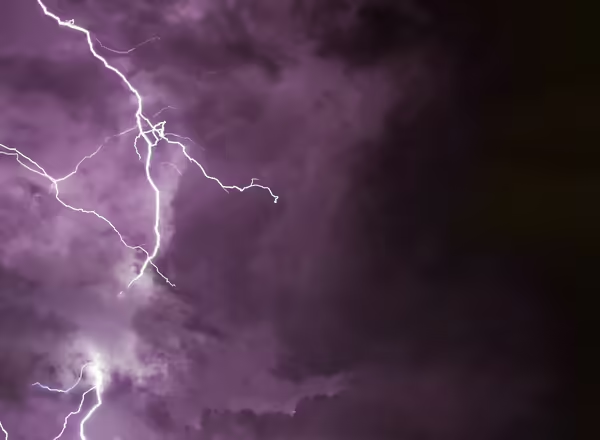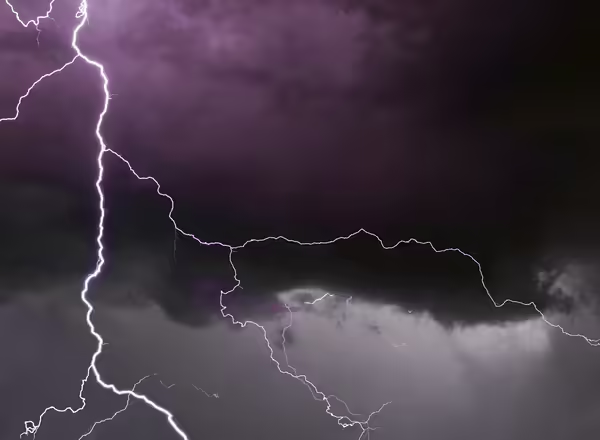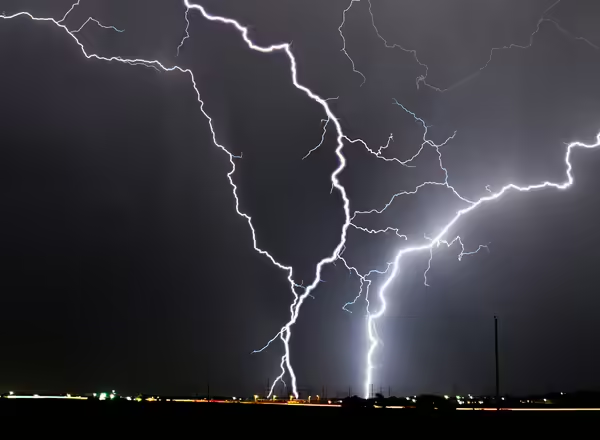Be ready when the skies turn stormy
Image

Before
Know the terms used to describe severe thunderstorm threats:
- Severe Thunderstorm Watch -- Severe thunderstorms are possible. Watch the sky and listen to radio or television for more information. Beprepared to take shelter.
- Severe Thunderstorm Warning -- Severe thunderstorms are occurring. Take shelter, turn on a battery-operated radio or television, and wait for the "all clear" announcement by authorities.
- Purchase a NOAA Weather Radio with battery backup and tone-alert feature which automatically alerts you when a Watch or Warning is issued. Know the county(s) in which you live and work. The NWS uses county names when watches, warnings, and advisories are issued and broadcast.
Where to listen
Body
- Check the weather forecast before leaving for extended periods outdoors and postpone plans if severe weather is imminent.
- Keep a list of emergency phone numbers. Teach children how and when to call 911 for emergency assistance.
- Choose an out of area contact that separated family members can call to report their whereabouts and condition.
- Keep important documents and records in a safe deposit box or other secure location.
- Maintain a disaster supplies kit.
Image

During
- Close all windows and doors. Draw the shades or blinds on windows. If window or door glass breaks due to high winds, shades might reduce the risk from flying glass.
- Monitor the radio or television for the latest weather information.
- Avoid using the telephone or other electrical appliances until the storm passes.
- Turn off air-conditioners. If lightning strikes, a power surge could damage the compressor.
- Delay taking baths/showers, until after the storm passes.
Body
- If outdoors, seek shelter immediately. If you can hear thunder, you are probably close enough to the storm to be struck by lightning.
- If you are in a boat when a thunderstorm threatens, you should attempt to reach shore as quickly as possible.
- If you are driving, pull safely to the shoulder of the road away from trees and power lines. Lightning would bounce from trees or power poles into a vehicle through the radio antenna.
- If you find yourself in a position where there is no immediate shelter available, find a low spot away from trees and power poles where you can squat low to the ground. Make yourself the smallest target possible.
Image

After
- Monitor the radio or television for emergency information or instructions.
- Check for injured victims. Render first aid if necessary. Most victims of lightning strikes can be revived with CPR. Do not attempt to move severely injured victims unless absolutely necessary. Wait for emergency medical assistance to arrive.
- Take photos or videotape the damage to your home or property.
- Do not make unnecessary telephone calls.
- If driving, be alert for hazards in the roadway.
- Check on neighbors/relatives who may require special assistance.